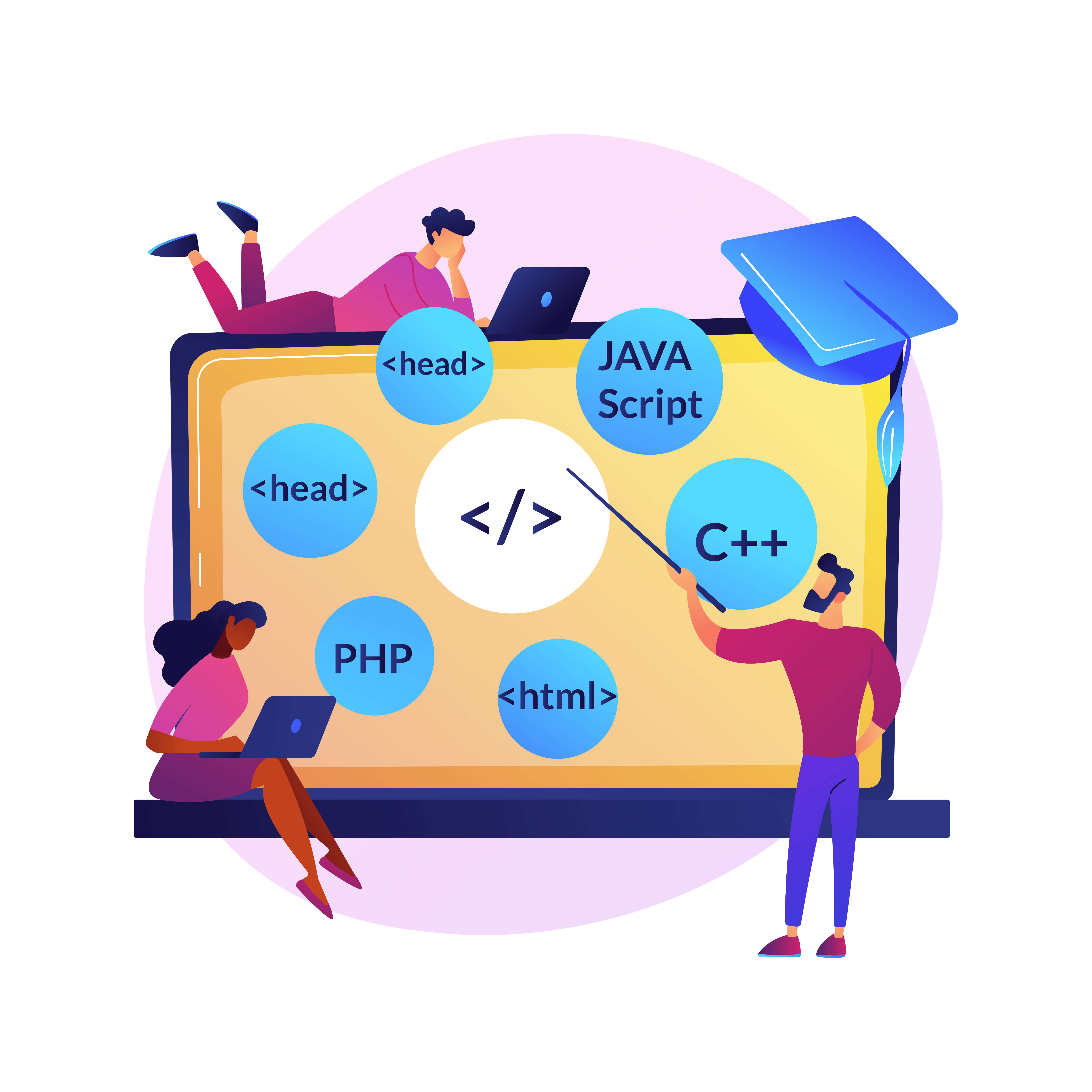Have you observed how evident progressive changes have become because of generative AI services? It does not only benefit businesses but also small shops and restaurants, transforming them in surprising ways.
Generative AI is being used extensively, and its capabilities are only getting stronger. Companies must, therefore, make use of this technology to gain a competitive edge and keep their position as leaders in the sector.
However, when it comes to piloting generative AI for business success, it can be challenging to know where to start and how to ensure a smooth implementation.
Understanding the Role of Generative AI in Business
Imagine knowing the market outcome of a product or service before its launch. It once seemed impossible, right? But then generative AI came into the picture and changed how businesses approached challenges by predicting the result that would impact the said business.
It is important to understand that generative AI does not use old methods but deep learning modules and neural networks to create new ideas with existing data. With deep learning and neural networks, it can understand customer preferences, trends, and patterns to generate new ideas that are more likely to succeed.
Let’s explore how exactly generative AI services can help businesses achieve their goals.
Applications of Generative AI in Business
1. Marketing & Advertising
Generative AI development services have completely changed marketing strategies by advertising and creating hyper-relatable campaigns that resonate with individual consumers.
Additionally, individualized video ads that are based on the demographics, interests, and past purchases of each viewer can be produced using generative AI. Imagine an ad for a sports shoe adjusting its message and visuals based on the viewer’s preferred sport and favorite brands.
Basically, it sets out trends that help brand awareness, designs content to specific preferences, and produces compelling ads and messaging that feel like whispers to each target audience. It positively impacts customer engagement and keeps businesses ahead in competitive marketing.
2. Retail & Ecommerce
Retail and ecommerce businesses need generative AI integration strategies because clients need assistance in a system that can check out all the products and filter out prices.
Generative AI can create realistic 3D models of clothing or accessories that customers can virtually try on using their smartphone or computer. It can reduce product returns and boost online sales for fashion brands.
It can also go beyond basic recommendation engines. AI is able to forecast future purchases by analyzing individual buying habits, recommending related products, and even building personalized bundles depending on the preferences of the user.
Similarly, businesses can optimize pricing strategies in real time based on factors like demand, competitor pricing, and customer sentiment. This helps them maximize revenue while remaining competitive and offering fair prices to customers.
3. Supply Chain Management
Supply chain management is the most complex area of any company, where mistakes cannot be made.
Generative AI models can analyze sales data, weather patterns, and social media trends to predict future demand for specific products with greater accuracy. It allows businesses to optimize inventory levels, reduce waste, and avoid stock outs.
With the help of the predicted data, generative AI can generate the most efficient delivery routes for trucks and drones. It improves delivery times, reduces fuel costs, and minimizes carbon footprint.
4. Customer Service
Customer service for any business can make or break a brand’s reputation. By adopting generative AI technologies, businesses can handle customer interactions more efficiently.
Chatbots are a great example of this; they provide a more tailored customer experience by analyzing data from previous interactions and generating relatable responses. It will not only improve customer satisfaction but also increase efficiency in handling large volumes of inquiries.
Generative AI can also help generate personalized support content (FAQs, knowledge base articles) based on specific customer queries and previous interactions. This provides faster, more relevant information and improves customer self-service experience.
5. Media & Entertainment
Generative AI is such a productive solution in the media and entertainment industry. It creates personalized movie trailers, news summaries, or music playlists based on individual user preferences and viewing history.
It can also generate story ideas, plot outlines, and even dialogue suggestions for writers and screenwriters. This can break through writer’s block and accelerate the creative process while maintaining artistic control.
6. Finance & Insurance
With AI models that forecast asset performance and assess market trends, you can make data-driven investment decisions. This can improve returns and optimize portfolio management for both individual investors and financial institutions.
Generative AI is a strategic tool for risk management in the financial sector. It evaluates vast financial datasets, anticipates them in money management, and helps them invest money in the right business.
It also helps generate dynamic insurance quotes and coverage options based on individual risk profiles and needs. All this provides fairer pricing and ensures customers are adequately covered for their specific circumstances.
7. Healthcare & Medicine
Generative AI solutions are making major strides in healthcare and medicine, contributing to diagnostics, drug discovery, and individual treatment plans. It analyzes medical data to identify diseases and potential treatment options to create efficient and targeted healthcare solutions.
Additionally, it can use AI to simulate clinical trials and produce novel drug candidates, accelerating the development of life-saving medications. This can reduce the time and cost of bringing new treatments to market.
From generating medical reports to contributing to genetic research, generative AI is at the forefront of driving advancements in patient care!
Steps to Initiate Generative AI Pilot Projects
To understand what to look for in initiating a successful generative AI pilot project, there’s a systematic breakdown of necessary steps.
Defining Business Objectives
The first step is to clearly define your business objectives. What are you trying to achieve in the next several years? Do you want to increase revenue, expand into new markets, improve customer satisfaction, or optimize operations?
Once you clearly understand your goals, you can think about piloting generative AI for business success. But you must align generative AI with business objectives.
For example, if your goal is to increase revenue, you could use generative AI to create each preference marketing campaign that is more likely to convert leads into customers. Or, if you want to improve customer satisfaction, you could use generative AI to develop chatbots that can answer customer questions and resolve issues 24/7.
Be prepared to adapt business applications of generative AI to focus on measurable and visible results. Don’t be afraid to start with a few AI applications and then scale up as you gain experience.
Selecting the Right Use Case
Once the company objective is defined, you must start by evaluating generative AI performance and select the correct use case for your pilot project. Consider the current challenges your business is facing and how generative AI can address them.
Look for areas where AI can add value, such as automating daily tasks. It’s crucial to take into account the complexity and viability of developing AI for a certain use case. Start with a relatively simple project that has a clear path to success.
Some everyday use cases for generative AI include:
Forecasting: Utilizing Generative AI trends to predict market forecasts, demand, and other critical business factors.
Automation: Using AI to train models increases corporate productivity and free up human resources for more intricate and creative tasks.
Optimization: Using AI to optimize processes, such as inventory management or supply chain logistics.
Each business will have unique needs and challenges, so it’s essential to carefully evaluate which use case would benefit your organization most.
Resource Allocation and Infrastructure
After selecting a use case, it’s essential to consider the resources and infrastructure needed for successful generative AI pilot projects. This includes having a team of experts who can develop and oversee the AI models and the necessary computing power and data storage capabilities.
It’s also vital to have a clear plan for data collection, data preprocessing, and model training. Without high-quality data, it will be challenging to achieve accurate results with generative AI.
Developing the intellect of AI in business requires careful construction. Optimize your infrastructure with powerful hardware like GPUs and high-speed networks for processing data and fueling algorithms.
Developing a Pilot Implementation Strategy
Once you have identified the use case and allocated resources, it’s time to develop a pilot implementation strategy. This involves setting goals, establishing metrics for success, identifying key stakeholders, and creating a timeline.
To ensure success, it’s essential to involve all stakeholders in the process and communicate clearly about the goals and expectations of the project. Regular check-ins and evaluations should also be conducted to track progress and make necessary adjustments.
Data Collection and Preparation
In some cases, businesses may need to collect new data specifically for the AI project or clean existing data to remove biases or errors that could affect performance. This process may require collaboration with data scientists or AI experts.
It helps businesses identify relevant data sources, ensure data quality and accuracy, and help properly label and format the data for training.
Model Selection and Training
After preparing the data, it’s time to implement and test the generative AI services. Based on the use case and available data, businesses must select the most appropriate model for their pilot project. This may involve training multiple models to determine which one performs best.
Model training involves feeding the algorithm with large amounts of data and tweaking its parameters until it can accurately generate output based on specific inputs.
Integration with Existing Systems
Once the AI pilot initiatives are successful and have demonstrated their effectiveness, it’s time to integrate them into existing systems. This may require close collaboration with IT or technical teams to ensure a smooth and efficient integration process that is compatible with the current infrastructure.
Comprehensive documentation and training are crucial for seamless integration. They enable teams to fully understand and utilize AI system capabilities. By considering these aspects, organizations can optimize integration and maximize the benefits of incorporating AI technologies into workflows.
Measuring Success and Optimizing Performance
Performance Evaluation Metrics
After implementing AI into our complex domains, we started making decisions based on machine learning model outcomes. Still, we must regularly evaluate the success and performance of generative AI within the organization. This may involve reviewing metrics, collecting stakeholder feedback, and continuously optimizing the AI models for better performance.
By regularly measuring success and optimizing performance, businesses can fully use the power of generative AI and stay ahead in their respective industries. It’s an ongoing process that requires constant attention, but the benefits of implementing generative AI are well worth it.
Continuous Improvement Strategies
To continuously improve generative AI performance, businesses can invest in ongoing employee training and development. It can involve learning new techniques and technologies, staying updated on advancements in the field, and collaborating with other experts.
Regular assessments of data quality and bias can also help improve performance. By continually fine-tuning the AI models and incorporating client feedback, businesses can ensure that their generative AI works at its best.
Conclusion
Generative AI has a power that can’t be ignored; we have only seen the working of AI in systems or applications that manage the business alone. But AI has gone far above that. We have generative AI robots and machines that can act like a human or understand human language, perform their task, and make decisions without their interference.
As we continue to explore the capabilities of piloting generative AI for business success, it’s important for businesses to carefully evaluate and implement generative AI strategically. With proper planning, resources, and evaluation, generative AI has the potential to transform various industries and drive business success. So why wait? Start exploring the possibilities of generative AI today!
Frequently Asked Questions (FAQs)
What Factors Are Crucial When Choosing a Generative AI Use Case for a Business Pilot?
When selecting a generative AI use case for a business pilot, the primary factors to consider include the alignment with the business’s strategic goals and the quality and availability of data. The chosen use case should offer a clear path to adding significant value to the business, but some proper consideration is also important, such as data privacy.
How Can Businesses Measure the Success of a Generative AI Pilot Project?
Businesses can measure success by setting and tracking specific Key Performance Indicators (KPIs) in generative AI pilot projects. These might include the accuracy of the AI model and bring some improvements.
Are There Specific Risks or Challenges Associated With Implementing Generative AI?
Generative AI has come with many possibilities but poses several risks and challenges. Some concerns are raised about data privacy and security. Another significant challenge is the potential for bias in AI outcomes.
Which Industries Benefit Most From Piloting Generative AI for Business Enhancement?
Many industries, such as healthcare, entertainment, retail, and manufacturing, benefit from implementing generative AI. In healthcare, generative AI can assist in creating synthetic data for research or simulating complex medical scenarios. In entertainment, it can be used to create content and music.
What Resources and Infrastructure Are Necessary to Initiate a Generative AI Pilot?
To initiate a generative AI pilot requires several resources and infrastructure components. This includes a substantial amount of high-quality, relevant data for training the AI models.

Dawood is a digital marketing pro and AI/ML enthusiast. His blogs on Folio3 AI are a blend of marketing and tech brilliance. Dawood’s knack for making AI engaging for users sets his content apart, offering a unique and insightful take on the dynamic intersection of marketing and cutting-edge technology.










